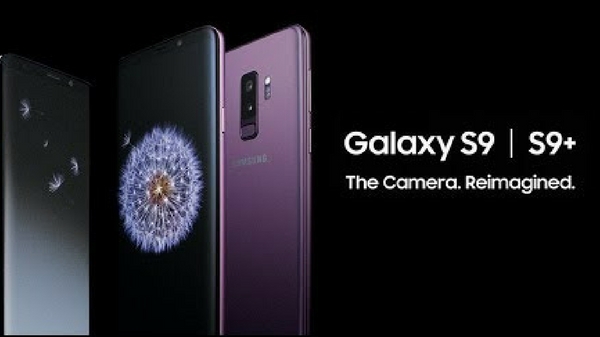Samsung has just launched yet another flagship model from its stables – the Samsung Galaxy S9 and S9+. But you’d be forgiven if, at first glance, you mistake the two flagship models to be last year’s S8 and S8+.
In terms of appearance, Samsung has stuck to its tried and tested rounded-edge structure, with the only difference being in the placement of the finger reader. The Korean phone-maker seems to have paid heed to the criticism regarding the off-centre finger reader location on its previous models, and has placed the finger reader at the centre this time, right below the rear-view camera.
That brings us to the most wow-worthy feature of Samsung Galaxy S9 and S9+, the camera with its ‘dual aperture’ system that allows the phones to swap between two apertures: f/1.5 or f/2.4.
According to Samsung, this simulates the functions of the human eye: our pupils dilate in response to light changes; similarly, the camera’s aperture expands or contracts depending on the light conditions in which a shot is being taken.
In addition, the S9+ now boasts two rear cameras, following Samsung Note 8. The effects help control the depth of field of a photo, with sharp objects in the foreground and a blurred background.
All this ‘heavy lifting’ is managed internally by power-packed processors which have undergone an upgrade from the previous models. The S9 and S9+ runs on Qualcomm Snapdragon 845 in the US and China and on Exynos 9810 for the rest of the world. The RAM has also been beefed up to 6GB.
After coming under the scanner for poor battery life for some of its models, the brand has painstakingly worked on this particular area, so it’s no surprise that both the Samsung Galaxy S9 and S9+ have improved battery lives, even more than the already-satisfactory S8 models.
It’s clear that Samsung is pitting its flagship models against the supposedly best-in-class iPhone X; it waits to be seen if it’s going to deliver as much as it promises.
Text: Suchetana Mukhopadhyay



